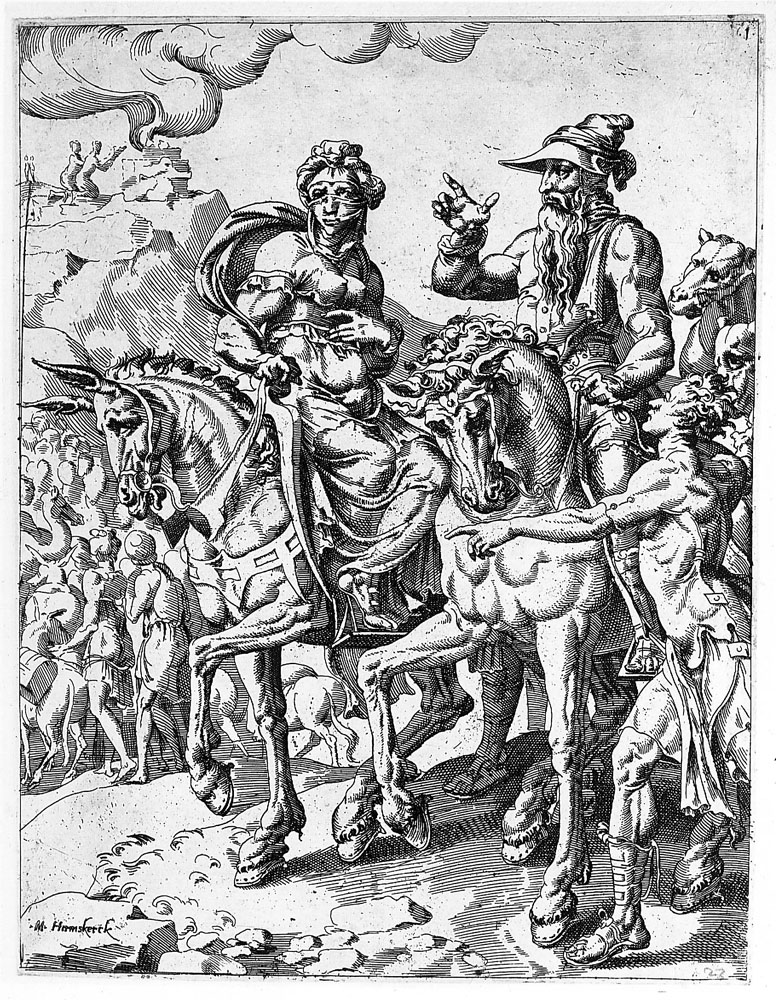M. van Heemskerck, Part I

Kerrich was way ahead of his time in his appreciation of Maarten van Heemskerck, a painter who was still being severely criticised even in the twentieth century for his 'un-Dutch style'. In a period when interest focused mainly on the work of peintre-graveurs, that is to say prints that were cut or etched by the artist himself (this is why Adam Bartsch did not include any prints after Heemskerck in his Le peintre-graveur), Kerrich nevertheless recognised the great importance of the type of sixteenth-century print now known as 'reproductive engraving'. That term is a little misleading, since it suggests that these are reproductions after an original (and more highly rated) work of art. It is true that the prints designed by Heemskerck were executed by professional engravers, but the painter himself supplied detailed preparatory drawings, mostly on his own initiative, with the specific intention of disseminating them through the print medium. The division of labour (designer, engraver and print publisher) streamlined the production process and made it more professional.
Kerrich's catalogue provided the basis without which F.W.H. Hollstein could never have compiled his volumes with prints af ter Heemskerck. Hollstein arranged his volumes by engraver, and although vol. VIII of Hollstein contains a list of prints after Heemskerck, the anonymous engravers inevitably fell by the wayside. Moreover, a grouping by engraver does not bring out the enormous contribution made by Heemskerck himself - a painter who spent a considerable part of his life making print designs. Not only can a survey of the prints he designed serve as a sort of iconographic handbook to the sixteenth century, providing a checklist of the commonest subjects from the repertoire of the day, but it also reveals Heemskerck's extraordinary inventiveness (praised at the time by Hadrianus Junius) in creating the most varied compositions, human poses, dress, gestures and myriad details.
With the present catalogue we are sure that we will overcome the shortcomings of the early Hollstein volumes and set a standard for further research.
Published in 1993
Compiler: Ilja M. Veldman
Editor: Ger Luijten
ISBN: 978-90-72658-25-8
246 pp.

